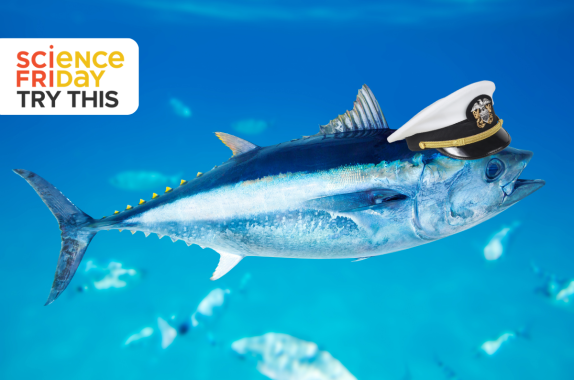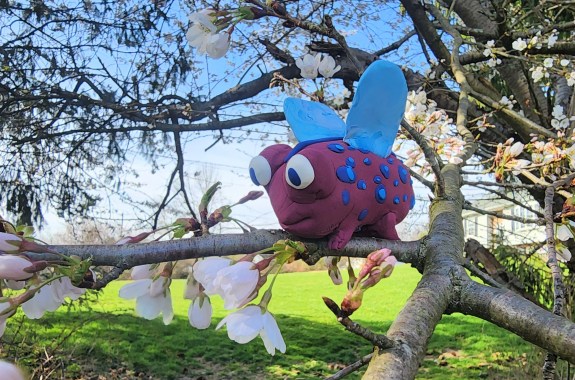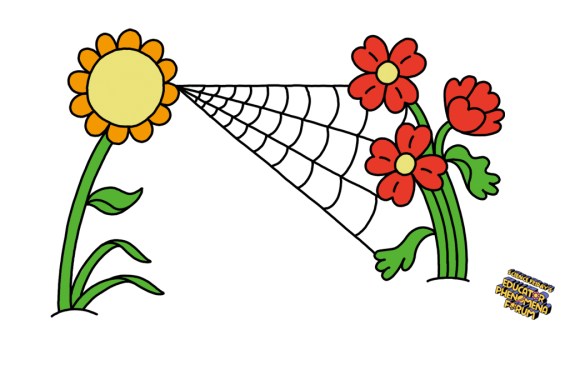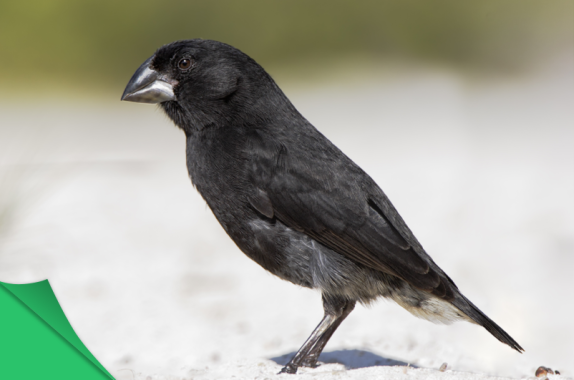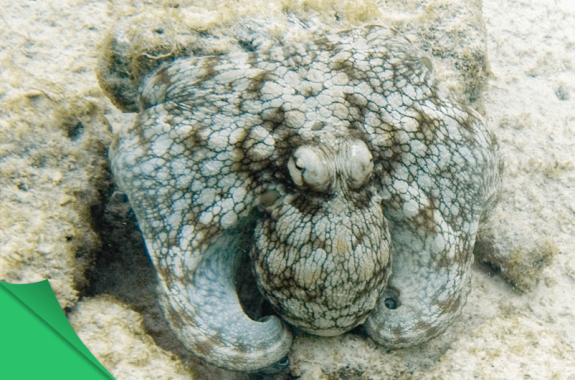Use Clues From Rapid Evolution To Design Better Fish Gills
Discover why and how fish are evolving rapidly in remote mountain lakes. Then use what you learn for an engineering challenge.
Tracking Tuna: How Do Behavior And Environment Interact?
Researchers track tuna fish across the ocean. What do they hope to learn and how can you use the same science to make your day better?
Investigate Biodiversity As You Design A Frog
Design a frog species of your own as you learn about the many ways frogs and toads adapt to their environment.
What Puzzle-Solving Crows Can Teach Us About Animal Intelligence
Why are crows considered intelligent? Use animal behavior and the design process to design a problem-solving test for chosen species.
What Can Hawaiian Shark-Toothed Weapons Tell Us About Sharks?
Examine Hawaiian shark-toothed weapons and learn about traditional Hawaiian beliefs that help build our ecological history of sharks.
Spider Webs: A Tangled Spring Of Force And Energy
Have you ever wondered how spiders capture prey? Learn how spiders create structures that can store mechanical energy.
Capture The Iridescence Of Camouflaging Cephalopod Skin
Explore the deep, color-changing iridophore and leucophore layers of cephalopod skin to see they use light to camouflage themselves.
A New Beak Evolution Lab!
This evolution simulation goes further by modeling reproductive success while giving young engineers an opportunity to flex their skills.
Cephalopod Camouflage: A Beauty That’s Skin Deep
It’s a rock, it’s seaweed, it’s an…octopus? Using this hands on activity, learn how crafty cephalopods are well adapted to hide in an ocean full of predators.
Model The Texture-Changing Structures of Cuttlefish Skin: Papillae
Recreating this impressive feat of camouflage takes only a balloon and a bit of duct tape.

